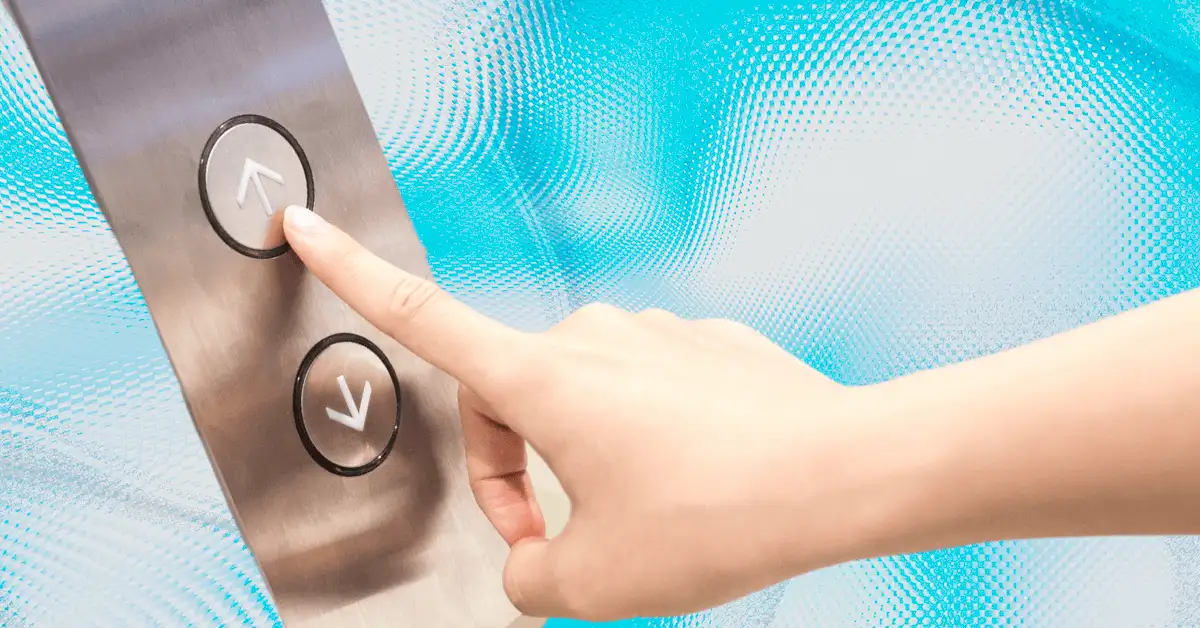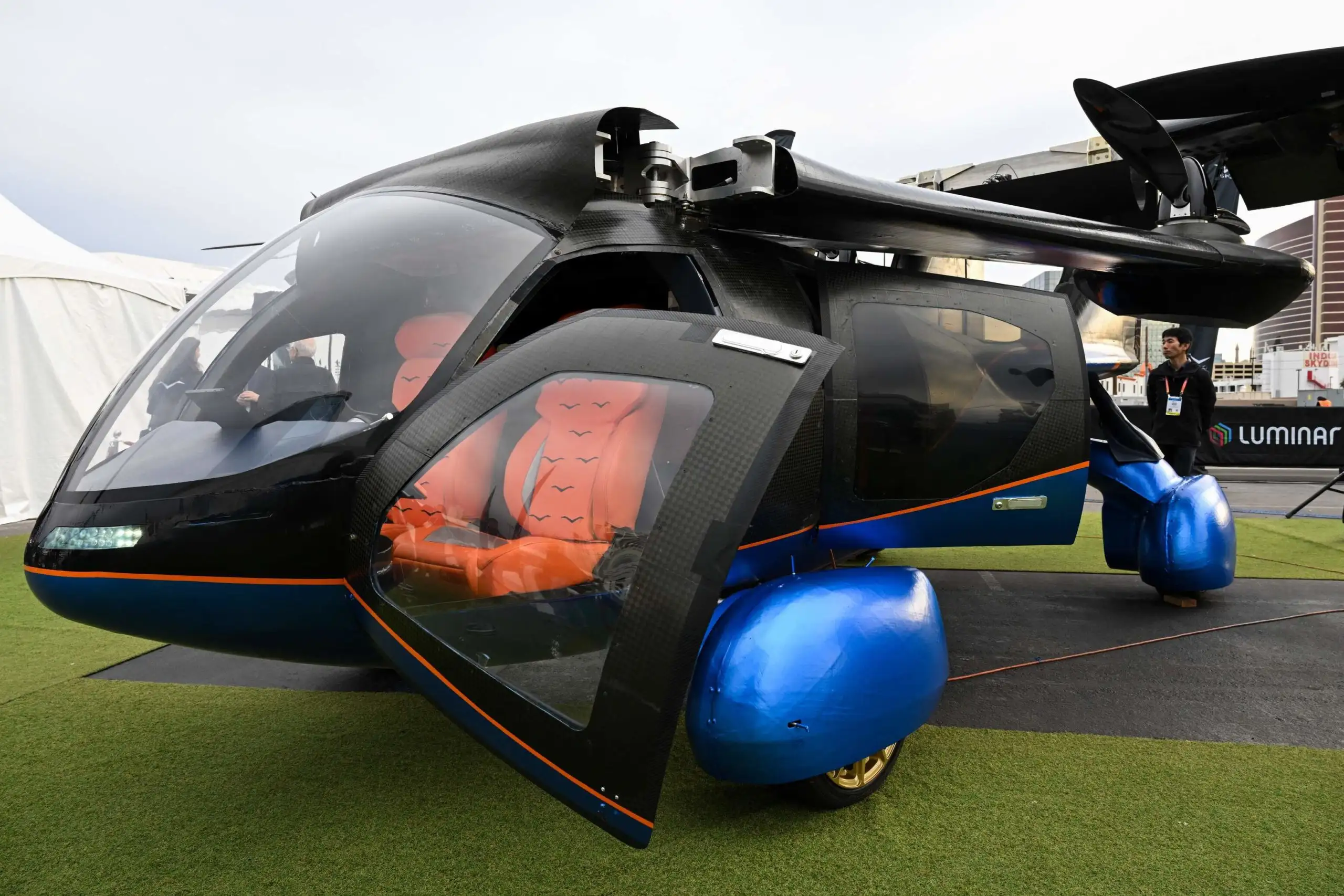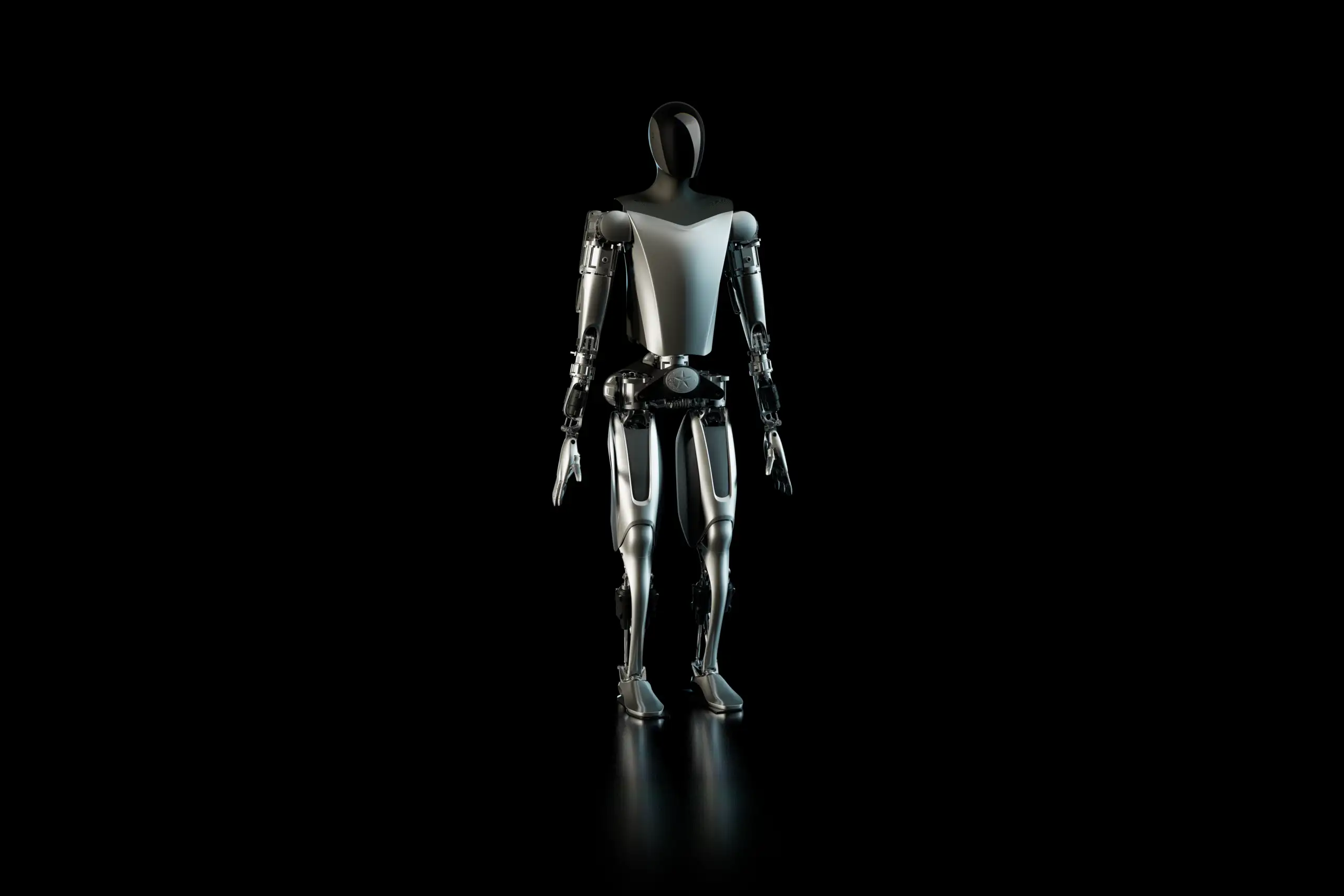In recent years, people have become very comfortable with persistent health monitoring.

Whether that’s an Apple Watch or a Whoop, having real-time stats on one’s vitals is big business.
This same consumer-focused health analysis is coming to a toilet near you, per The Wall Street Journal.
Patients regularly provide fecal and urine samples…
… to doctors as a way to monitor gut health or identify potential diseases.
One example: Stanford researchers souped up a toilet with cameras and used machine learning (ML) algorithms to study waste and urine (e.g., color, flow, volume).
To tell people apart, the toilet identifies individuals by their — we promise this is a real term — “anal print,” which are characteristics specific to their bottoms.
Stanford has partnered with Korean toilet maker Izen…
… and hopes to have a prototype ready for clinical trials by year-end.
Elsewhere:
- Duke University’s Smart Toilet Lab has a toilet prototype that also uses camera/ML tech and extracts stool samples that can go to a lab.
- Casana makes a toilet seat that can monitor blood pressure, heart rate, and oxygen levels.
- Medic.Life’s toilet gathers 20 health metrics (e.g., sugar, sodium levels) from a stool sample.
Per WSJ, Google even issued a smart toilet seat patent in 2015 to monitor cardiovascular health. That’s some wild sh*t.










